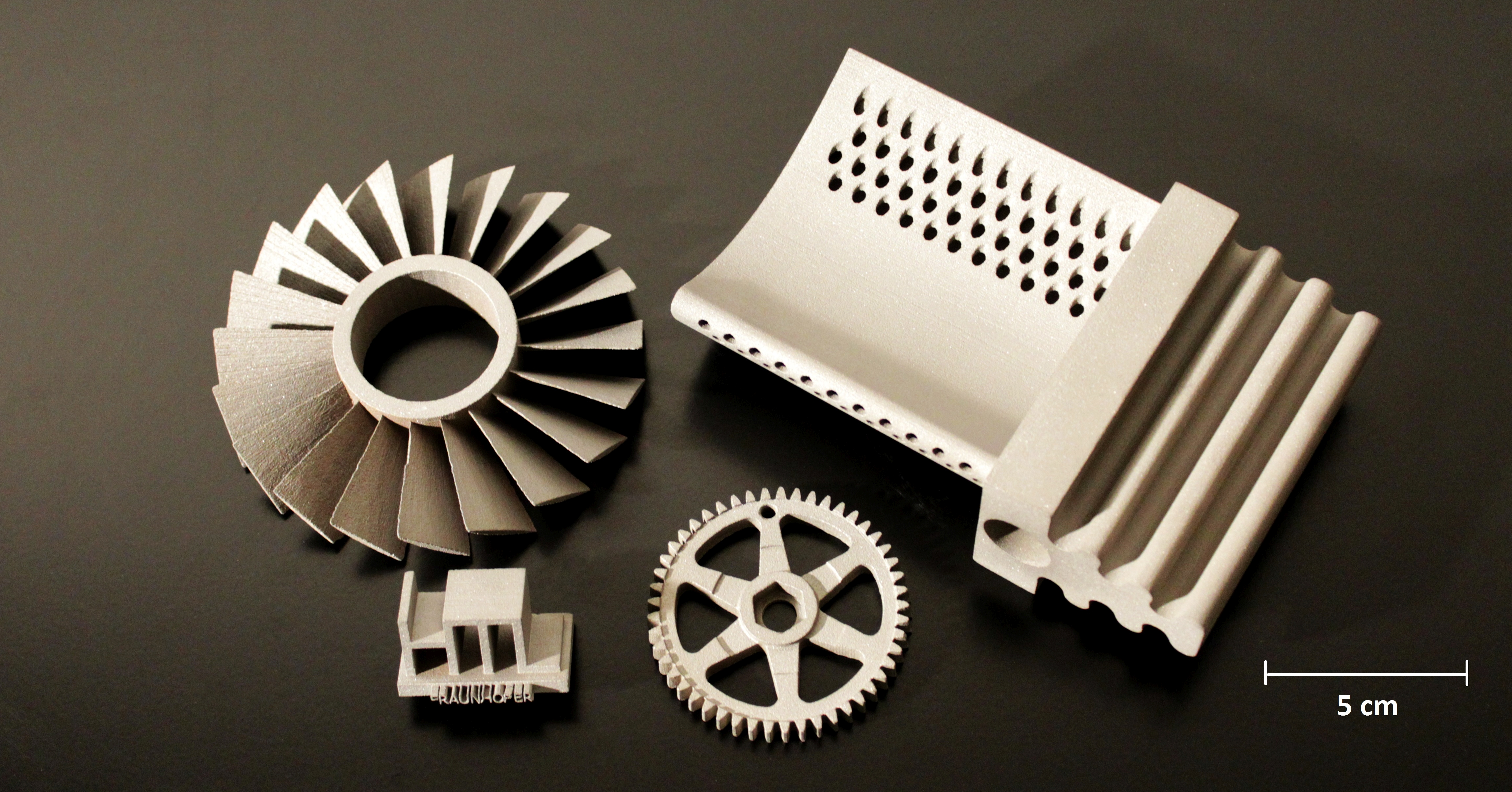Modern additive manufacturing methods are resource efficient even for small volumes of customized components. They also enable the realization of hitherto impossible or much too costly complex component shapes or the implementation of elaborate design principles.
The Fraunhofer ISC works with a number of different 3D patterning techniques for all kinds of applications and materials. Component sizes range from 100 nm (minimum resolution of two-photon polymerization) to 50 cm (maximum component size in powder bed 3D printing).
Methods and materials
- 3D printing of specialty ceramics, metal-ceramic composites, hybrid polymers
- Stereolithography of specialty ceramics
- Photolithography of photoresists, hybrid polymers in conventional semi-conductor production processes
- Direct laser writing by two-photon absorption of aspherical and freely formed microstructures of hybrid polymers, acrylates, biodegradable materials
- 2.5D nano imprint lithography of photoresists, hybrid polymers in conventional semi-conductor production processes
- Digital Light Processing (DLP) technology for inorganic-organic hybrid polymers (ORMOCER®)
Range of application
- Manufacturing of ceramic, metal-ceramic and inorganic-organic hybrid polymer (ORMOCER®)-based complexly shaped components
- (Micro) optics
- Optical packaging technology
- Microelectronics
- (Regenerative) medicine/biotechnology
- Dental
Our services to customers
- Application-specific selection of materials and processing techniques
- Adaptation or further development of materials
- Adaptation or optimization of processessing techniques
- Demonstrators
- Small batch/pilot-scale production
- Analytic services during development stages and in production
Further information
Read more of additive manufacturing (DLP-Technology) with ORMOCER®
Please visit the website of our Fraunhofer Center for High Temperature Materials and Design HTL.
Expert information
- Laser processing of glass and polymers for microfluidic and optical applications
- Scattering layers to improve the efficiency of solar cells and oled lighting
- Two-photon polymerization femtosecond laser pulses as a tool for true 3D micromachining
- Two-photon polymerization for applications in microoptics
- Two-photon polymerization for applications in optical data transfer
- Multifunctional 3D-Printing and Bioprinting with functional Materials

